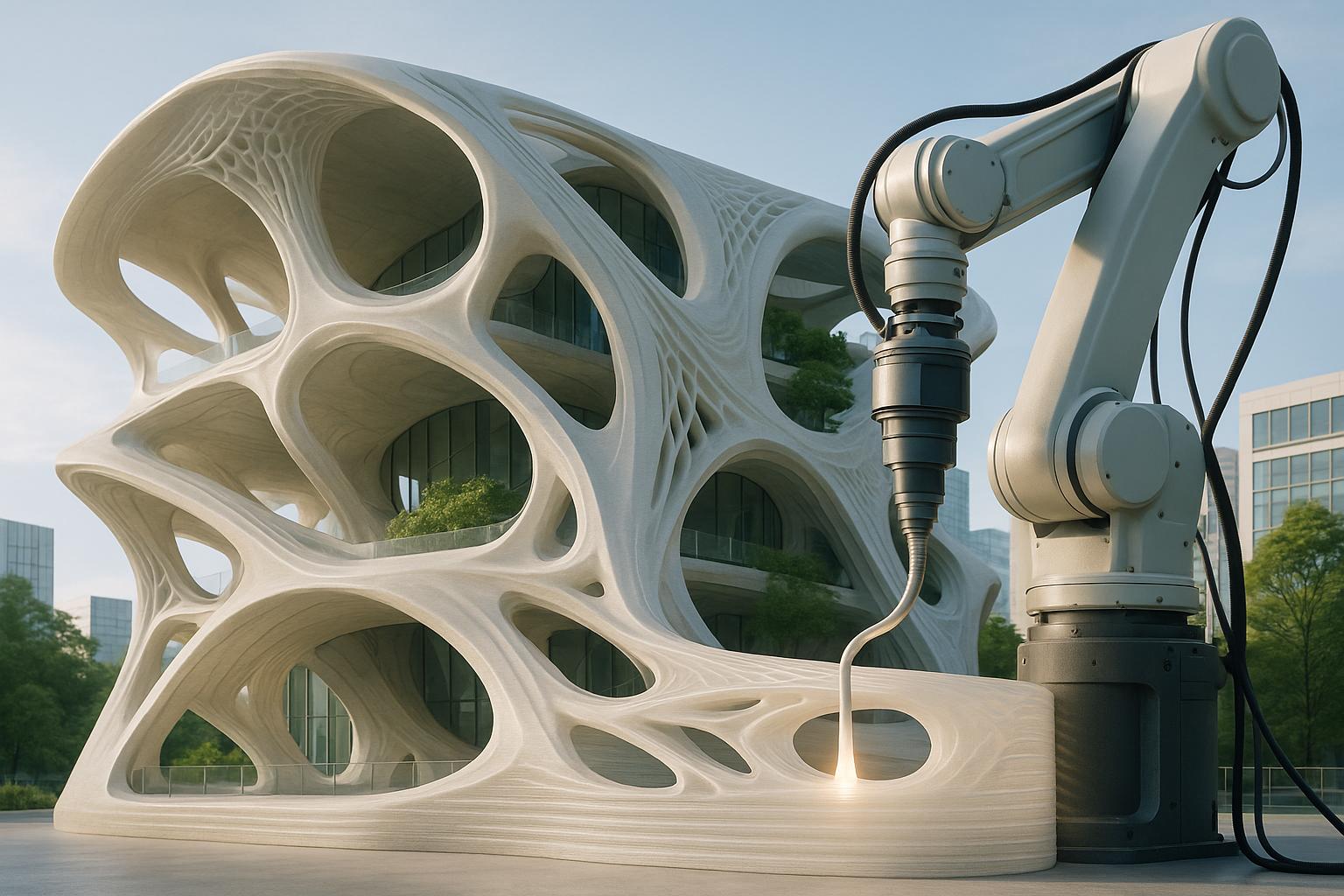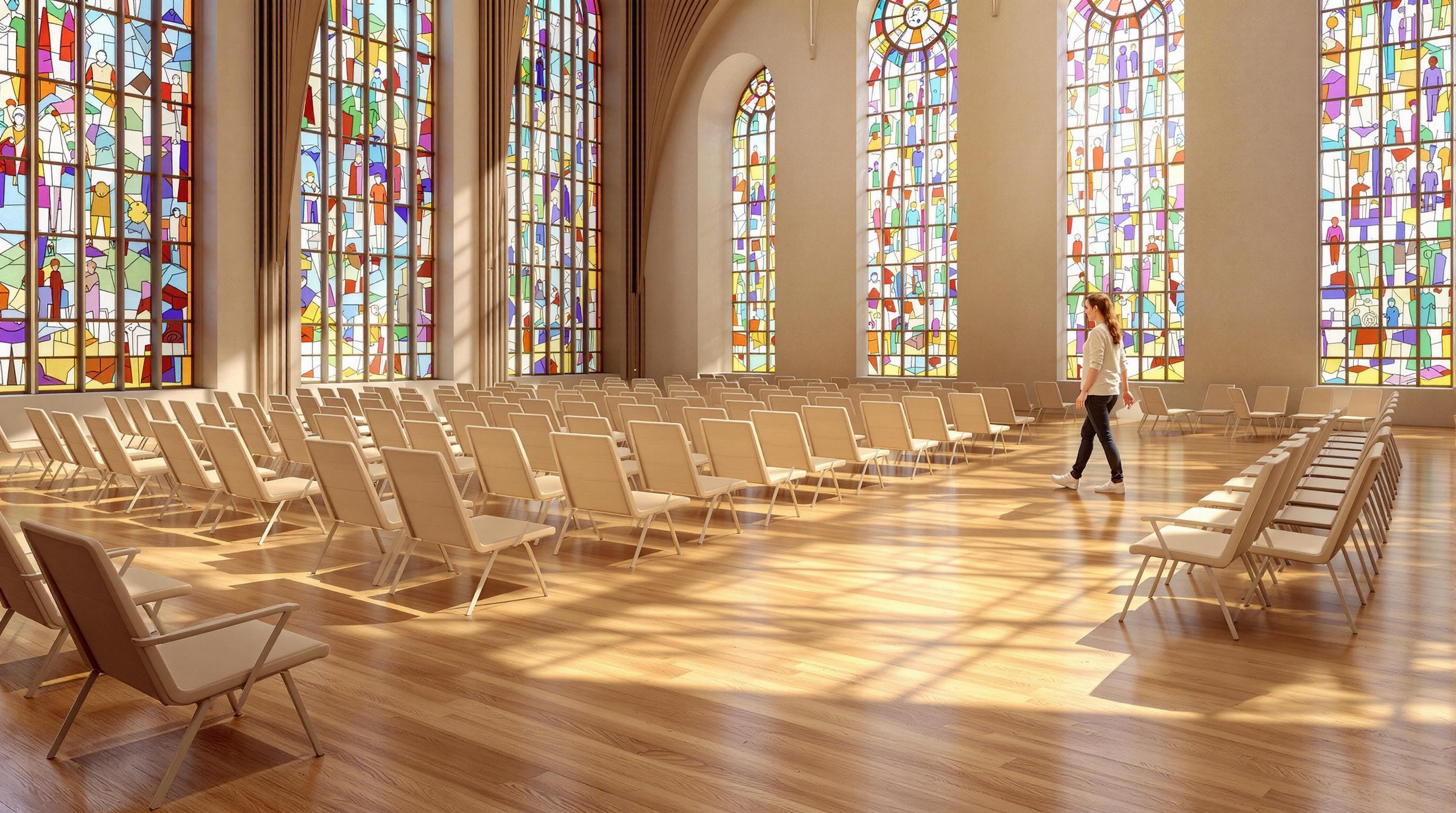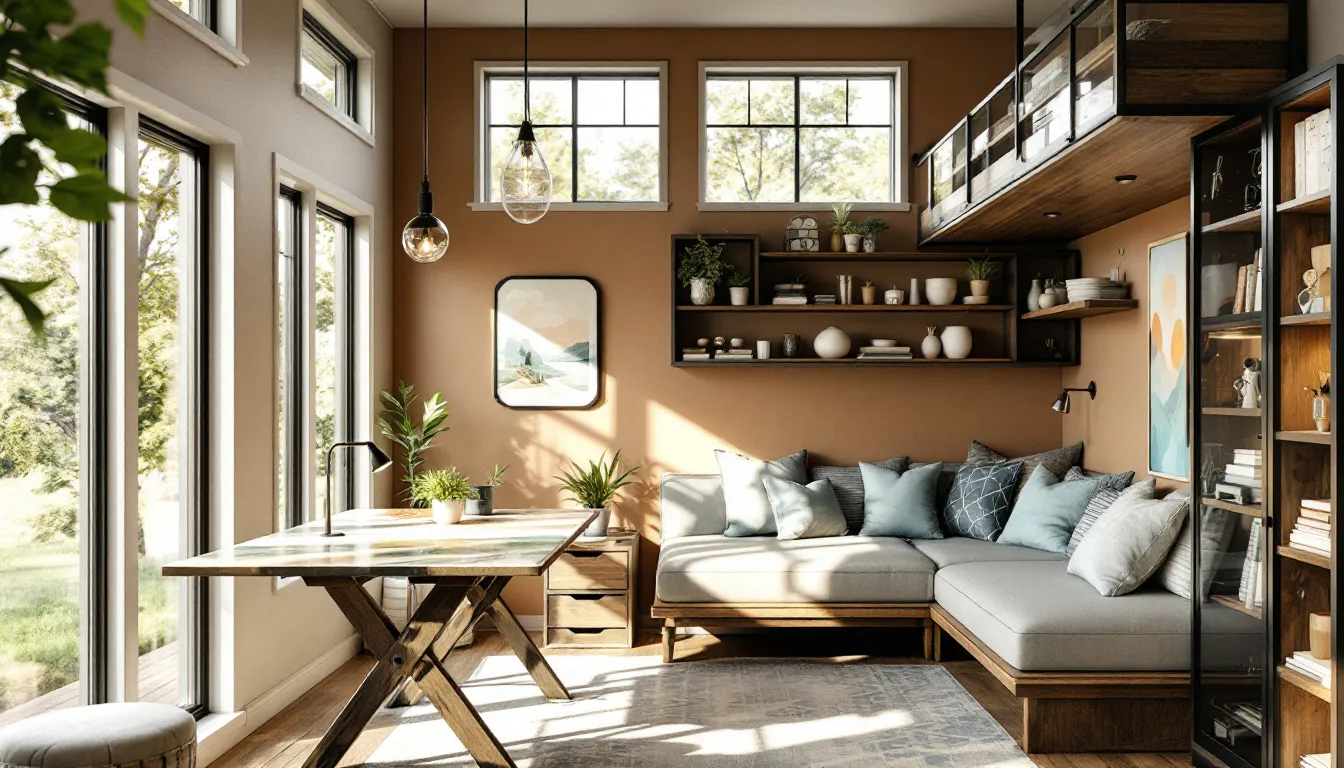Architecture is so much more than the structures we see around us every day. It is a unique blend of art and science, where creativity meets functionality, and human needs shape the built environment. Whether you’re an aspiring architect, a student, or simply an enthusiast, understanding the foundational principles of architecture is essential to appreciating its role in the world - and perhaps even creating spaces that inspire.
In this article, we’ll explore the key elements of architecture, its evolution through history, and the design principles that every architect balances to bring their vision to life. We’ll also touch on the skills and tools architects use today and why this field remains indispensable in a rapidly evolving world.
What Is Architecture?
At its core, architecture is the art and science of designing buildings and physical structures. But it extends far beyond aesthetics - it’s about creating spaces that are functional, sustainable, safe, and tailored to meet human needs. Good architecture doesn’t just look beautiful; it enhances our daily lives, fosters community, and reflects the values of the time and place in which it is built.
From the iconic pyramids of ancient Egypt to Dubai’s futuristic skyline, architecture has evolved alongside human civilization. As technologies and societal needs change, so do architectural styles and methods.
A Journey Through Architectural History
To truly appreciate modern architecture, it’s helpful to consider how it has evolved over millennia. Here’s a quick timeline of key architectural periods:
1. Ancient Civilizations
- Examples: Egyptian pyramids, Greek temples, Roman amphitheaters
- Characterized by monumental structures, precise geometry, and symbolic design, these buildings often served religious or political purposes.
2. Gothic and Medieval (Middle Ages)
- Key Features: Pointed arches, flying buttresses, and towering verticality
- Often seen in cathedrals, this period emphasized grandeur and spiritual transcendence through architectural scale and detail.
3. Renaissance and Baroque
- Style: Inspired by classical symmetry and harmony with ornate decorative touches
- This era marked a revival of ancient Roman and Greek principles, often blending elegance and drama.
4. Industrial Revolution (19th Century)
- Defining Materials: Glass, steel, and iron
- The industrial age introduced new materials and techniques that enabled mass production and unprecedented structural possibilities.
5. Modernism (20th Century)
- Philosophy: "Form follows function"
- Minimalism, clean lines, and innovative materials defined this era, prioritizing functionality over excessive decoration.
6. Postmodern and Contemporary
- Characteristics: Eclectic, experimental, and technology-driven
- Today’s architecture frequently incorporates bold designs, sustainability, and cutting-edge technology to meet modern challenges.
Core Principles of Architectural Design
Architectural design is rooted in a set of guiding principles that every architect must consider:
1. Form
This is the shape and outward appearance of a building. Whether sleek and modern or intricate and classical, form determines a structure’s visual identity.
2. Function
A building must serve its intended purpose efficiently. Flow, accessibility, and usability are critical considerations in any design.
3. Materials
The choice of materials affects not just aesthetics but also durability, cost, and sustainability. Wood, concrete, glass, and steel each have unique properties that influence design decisions.
4. Context
Good architecture harmonizes with its surroundings. Climate, local culture, community needs, and even neighboring buildings should inform a design.
5. Sustainability
As environmental concerns grow, sustainable architecture is no longer optional. Features like solar panels, green roofs, and energy-efficient materials are now becoming standard.
Breaking Down the Architectural Process
Designing even the simplest building involves managing complexity. To streamline this, architects follow a phased process:
1. Pre-Design
Before the first sketch, architects analyze the site, assess client needs, and review local regulations. This sets the foundation for the entire project.
2. Schematic Design
This early phase involves rough sketches and conceptual ideas - think bubble diagrams or basic layouts. It’s about exploring possibilities, not perfection.
3. Design Development
Ideas take shape as more detailed plans emerge. Materials, systems, and structural specifics are refined during this phase.
4. Construction Documents
This step involves creating the blueprints and technical documents needed to guide construction. Every detail, from materials to measurements, is specified.
5. Bidding and Negotiation
Architects collaborate with contractors during this phase to finalize costs and timelines.
6. Construction Administration
Finally, architects oversee the construction process, ensuring the project aligns with the original vision and plans.
Breaking the process into phases helps architects tackle one piece at a time, moving from big-picture considerations (like site conditions) to the tiny details that make a structure safe and beautiful.
Essential Skills and Tools for Architects
1. Digital and Hand Drawing
Most architects today use digital tools like Revit, AutoCAD, and SketchUp for drafting and modeling. However, hand-drawn sketches remain an essential way to brainstorm ideas and communicate concepts.
2. Problem-Solving
Architects constantly navigate constraints such as budgets, codes, and environmental conditions. Creative problem-solving is at the heart of the profession.
3. Knowledge of Materials and Construction
A deep understanding of materials and engineering principles is crucial, especially as architects gain real-world experience on job sites.
4. Collaboration and Communication
Architecture is a team effort. Architects work closely with clients, engineers, contractors, and consultants, requiring strong interpersonal and communication skills.
Why Architecture Still Matters
In an age of artificial intelligence and rapidly advancing technology, some may wonder whether architects will remain relevant. The answer is a resounding yes.
Architecture shapes how we live, work, and connect with one another. It provides shelter, preserves cultural heritage, and promotes physical and mental well-being. Thoughtfully designed spaces can inspire, comfort, and bring people together.
As we spend the vast majority of our lives indoors - surrounded by architecture - its impact on our health and happiness cannot be overstated.
While AI may assist in streamlining workflows, it’s the human touch of architects that ensures designs are not only functional but also emotionally resonant and culturally meaningful.
Key Takeaways
- Architecture blends art and science, creating spaces that serve practical needs while inspiring emotion.
- The field has evolved through history, reflecting changes in society, technology, and culture.
- Core design principles - form, function, materials, context, and sustainability - guide every project.
- The architectural process is broken into clear phases, from pre-design to construction oversight.
- Modern architects rely on both digital tools and traditional hand sketching to bring their visions to life.
- Problem-solving, collaboration, and knowledge of materials are essential skills in the profession.
- Despite technological advances, architecture remains a critical human endeavor that enhances our lives and communities.
Architecture, at its best, transforms the ordinary into the extraordinary. Whether you’re designing a home, a community center, or a towering skyscraper, the ultimate goal is to create spaces that benefit people and the planet.
Understanding the basics of architecture is just the first step in appreciating - or contributing to - this incredible profession. Where will your architectural journey take you?
Source: "Architecture 101: Learn the Basics & Design Principles in 10 Minutes" - BYoung Design, YouTube, Aug 21, 2025 - https://www.youtube.com/watch?v=n6aNz75Xijk
Use: Embedded for reference. Brief quotes used for commentary/review.


